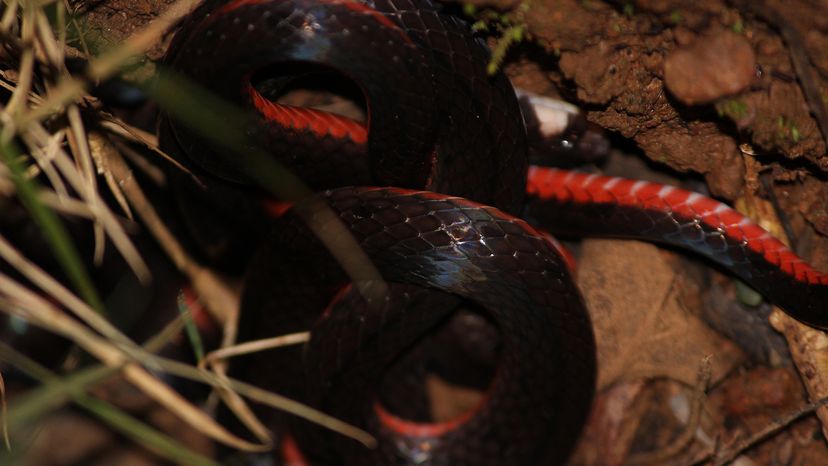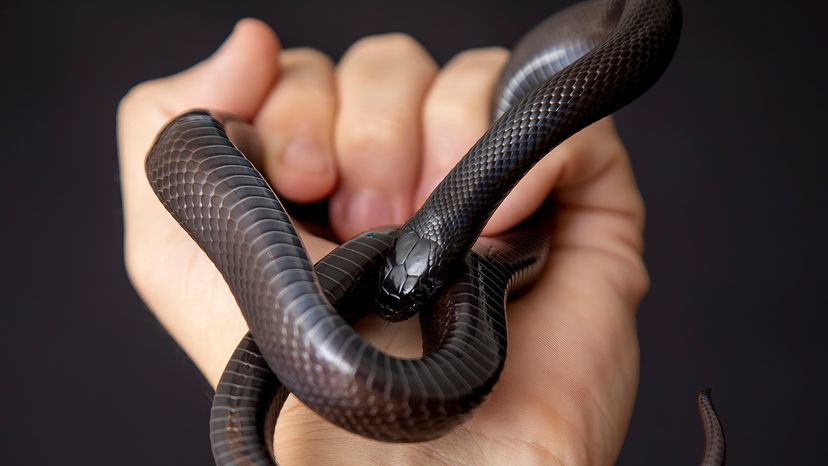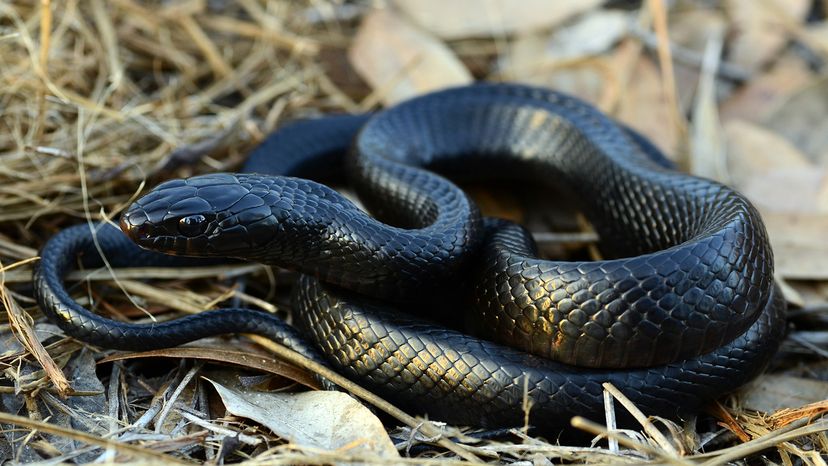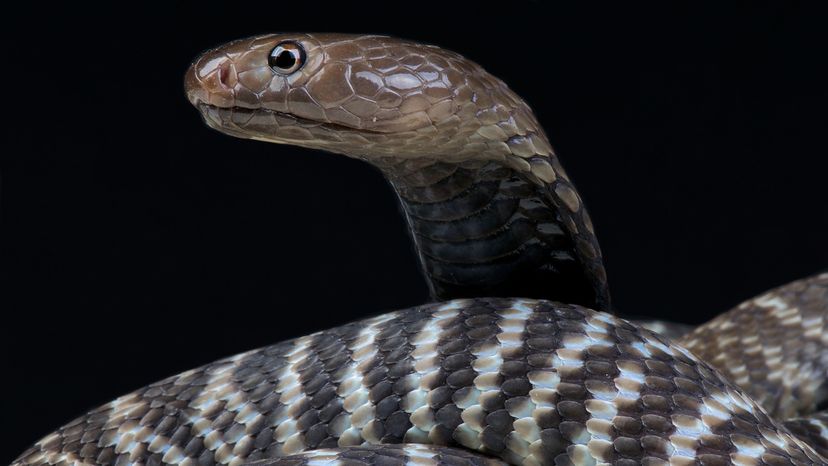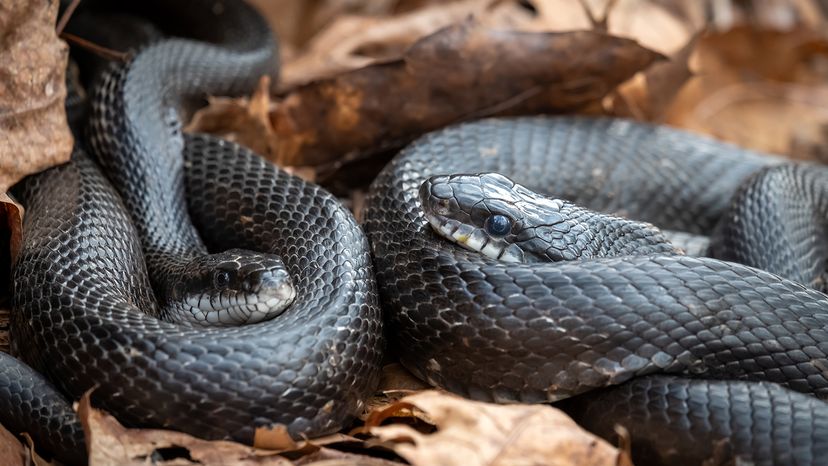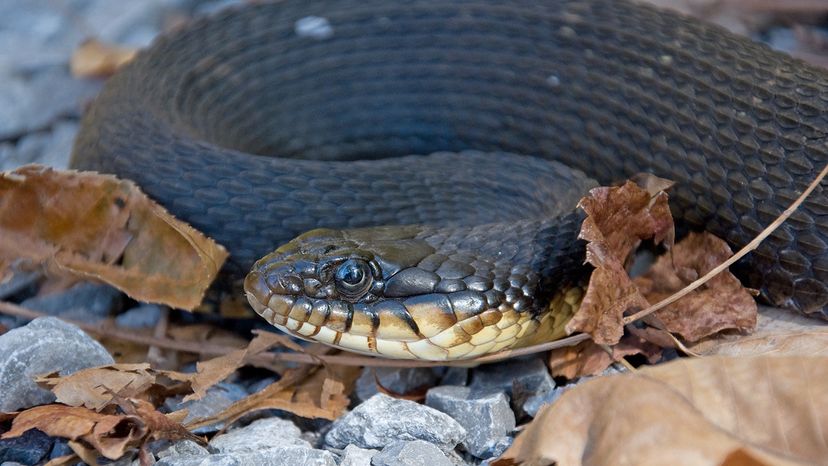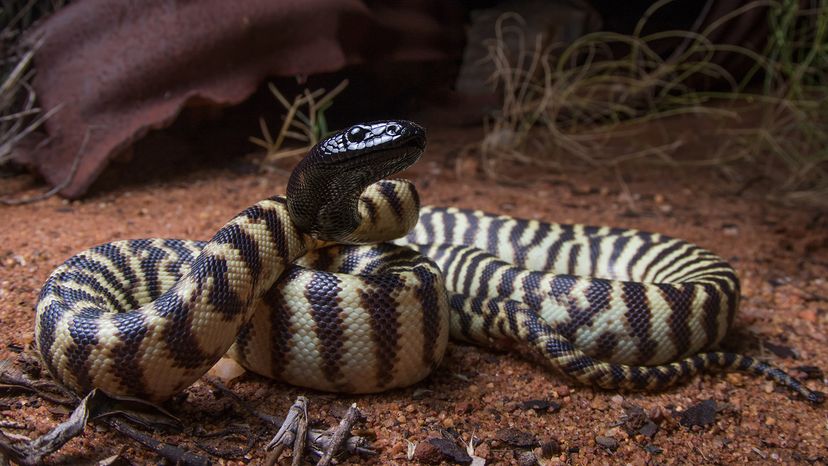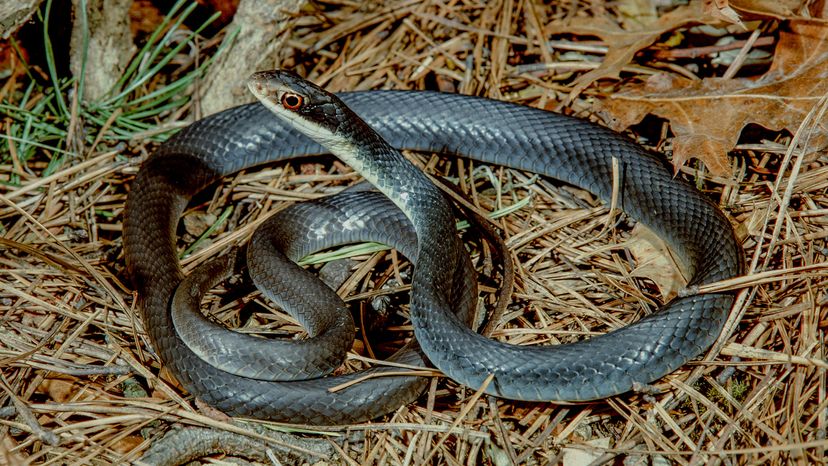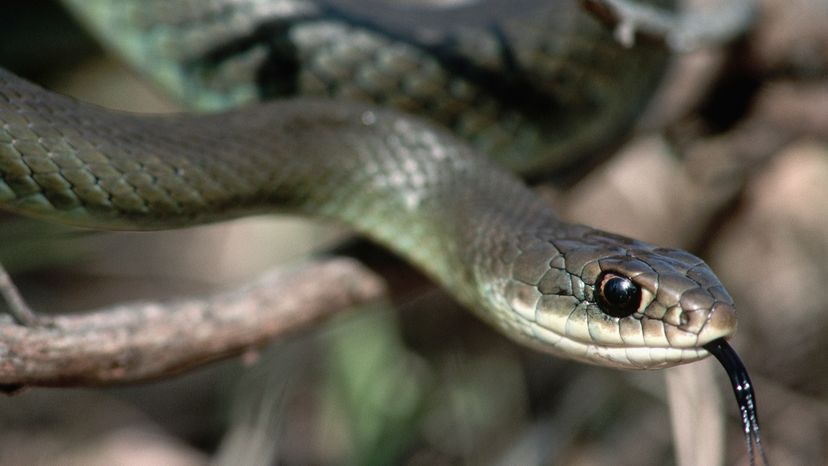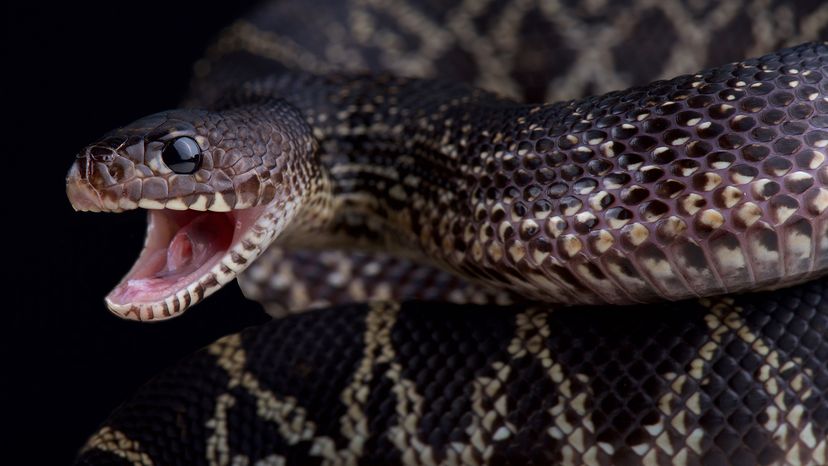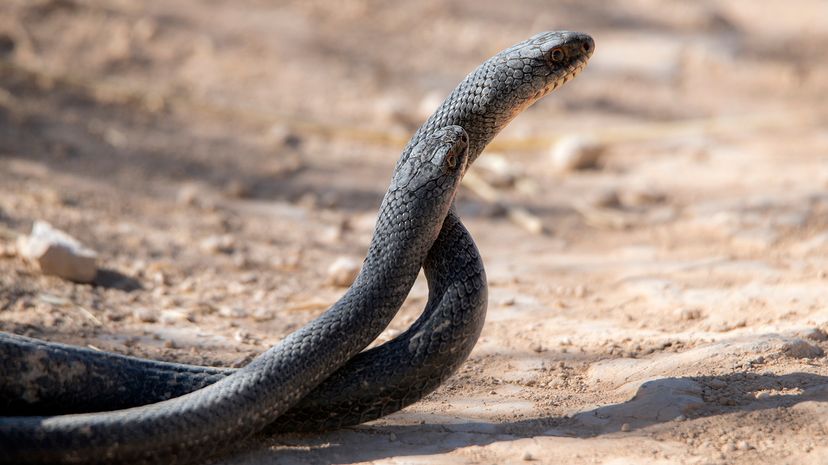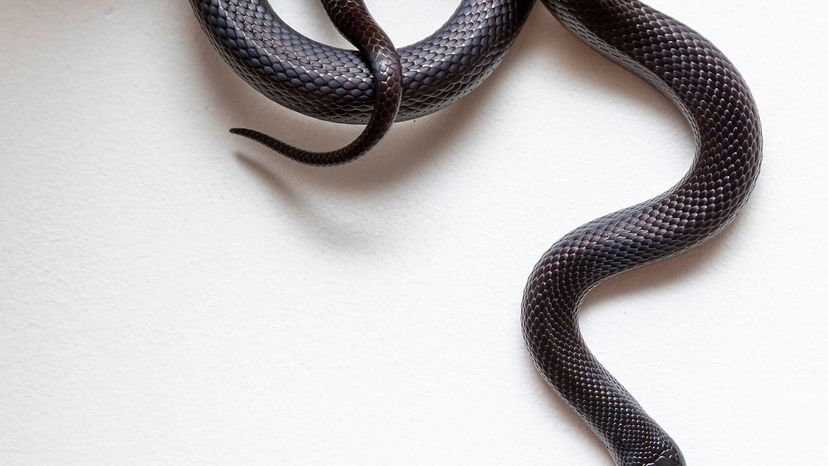
The name "black snake" might sound straightforward, but it actually covers a range of species found across the globe. These snakes come in all shapes and sizes, from small and sleek to long and powerful, and they thrive in habitats as diverse as wetlands and deserts.
Their behaviors are just as varied: Some are calm and harmless, but others pack a venomous punch. So while they all share the same dark, mysterious look, their specialized traits make them as distinct as a garage full of sports cars, each with its own characteristics and designs.
Advertisement
Let's take a look at some of the most well-known types of black snakes.
